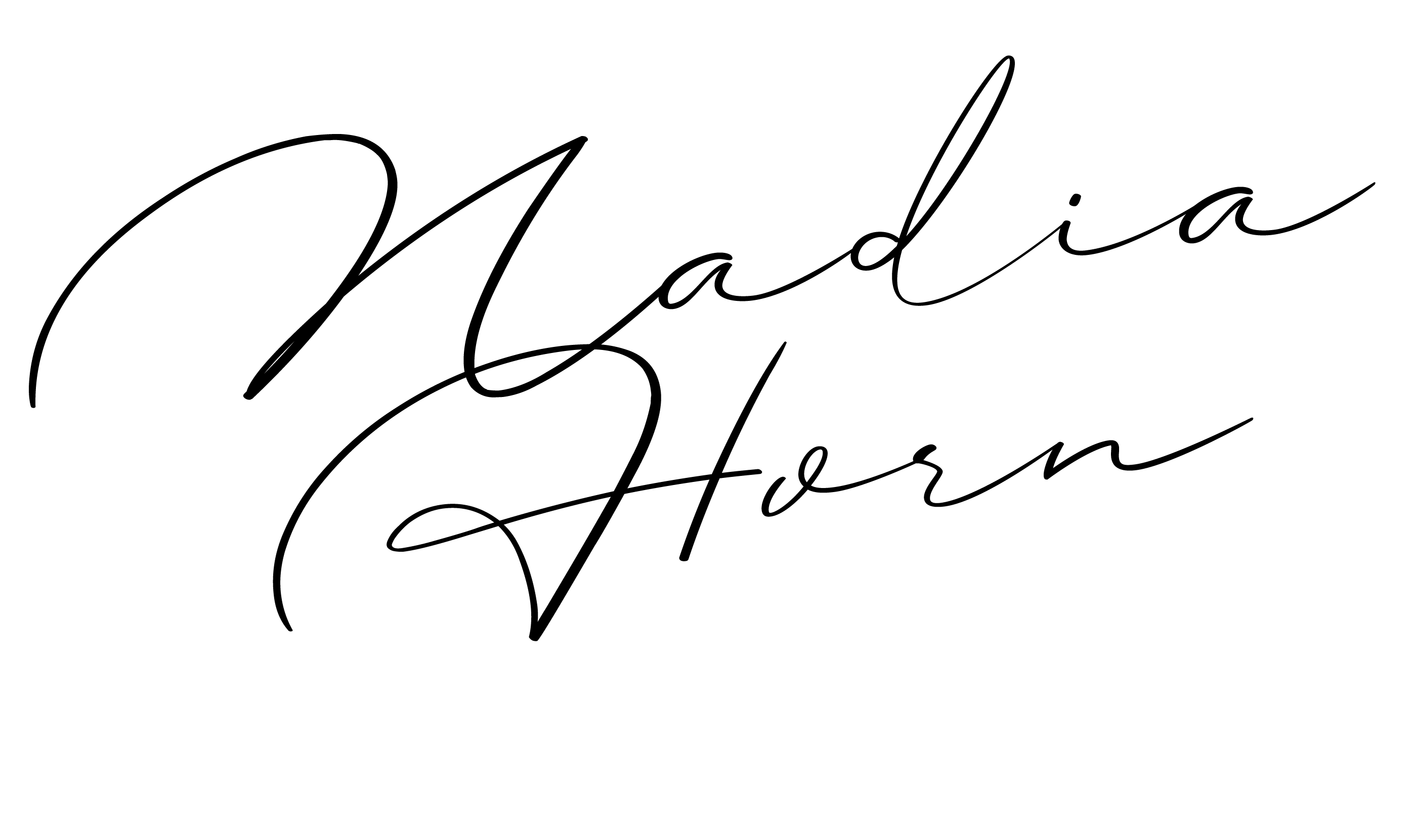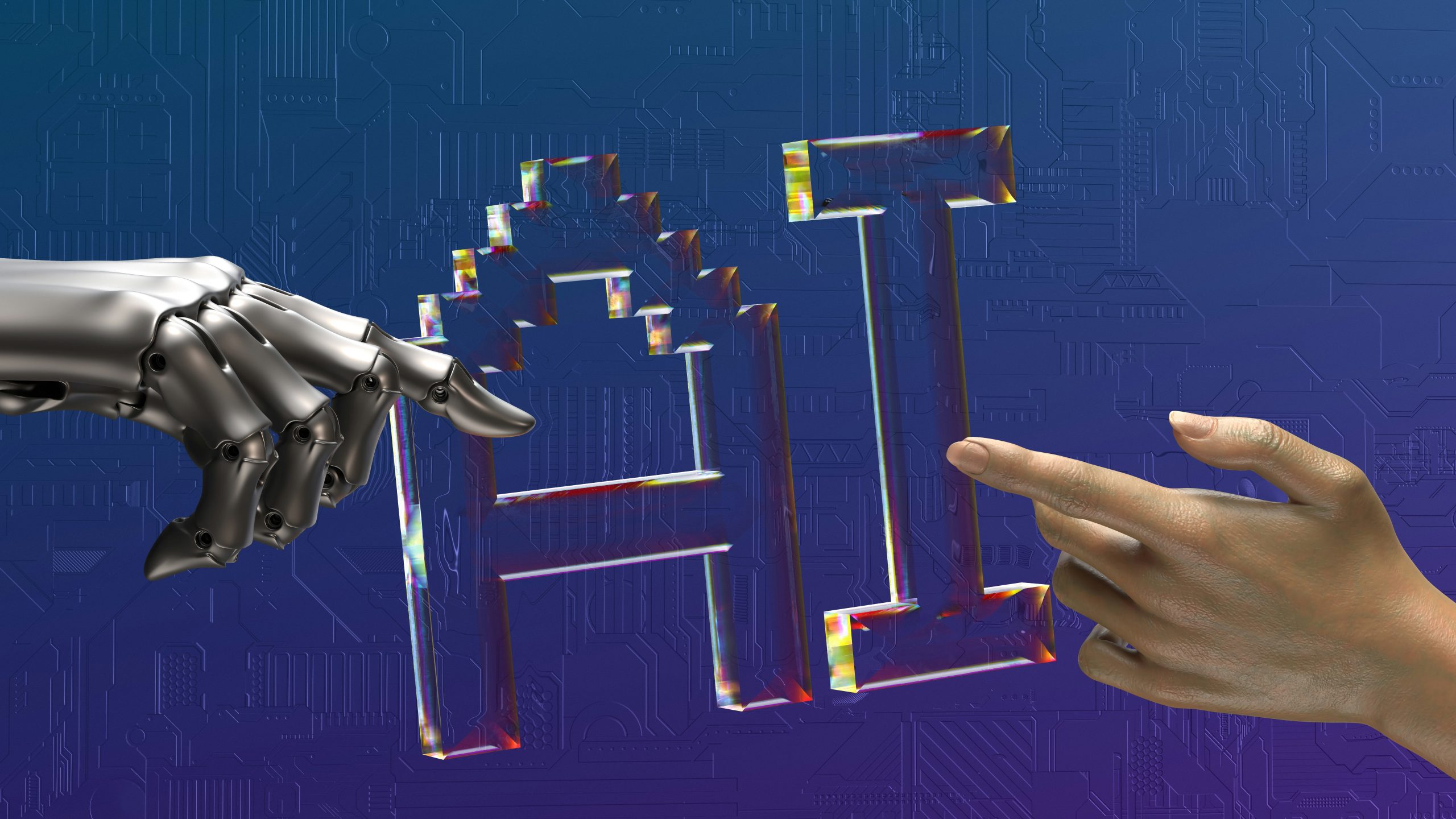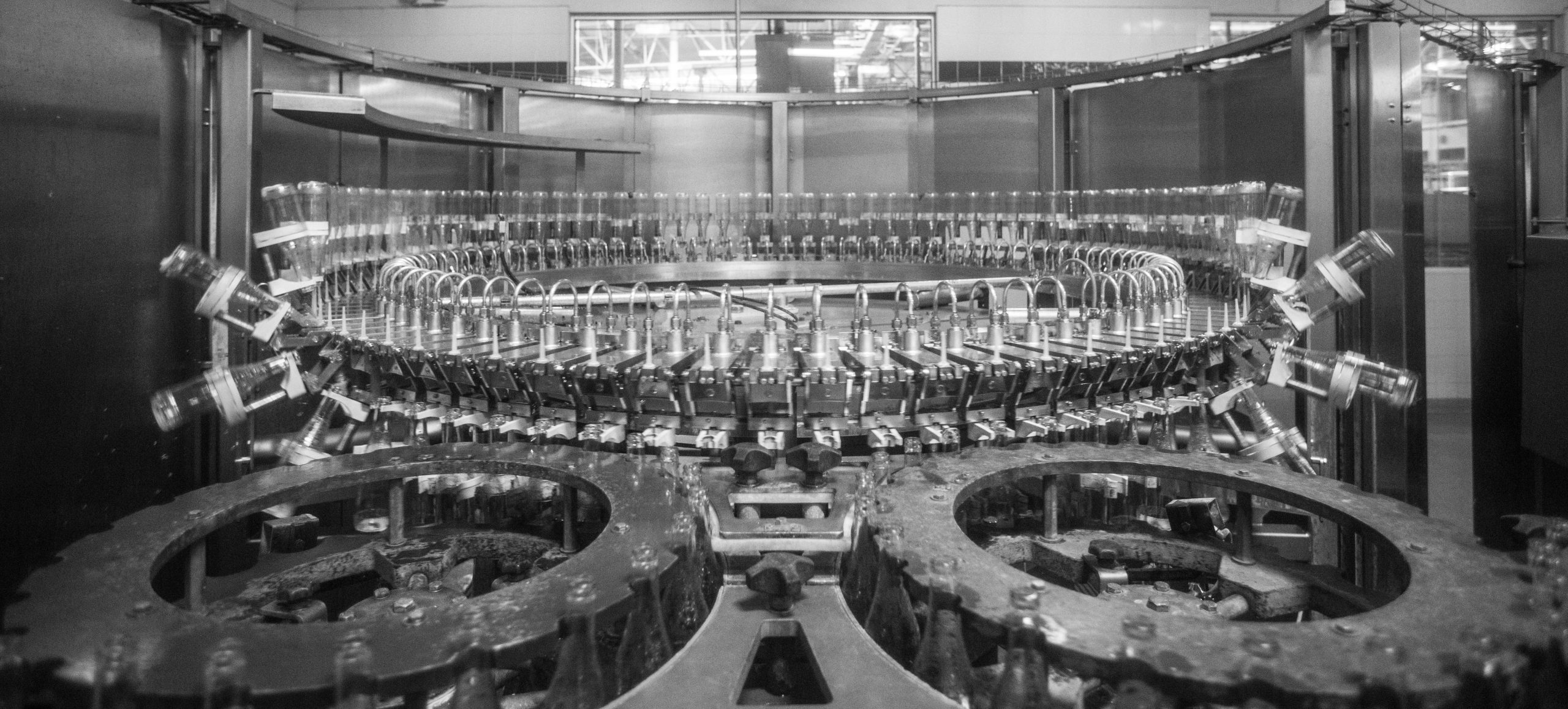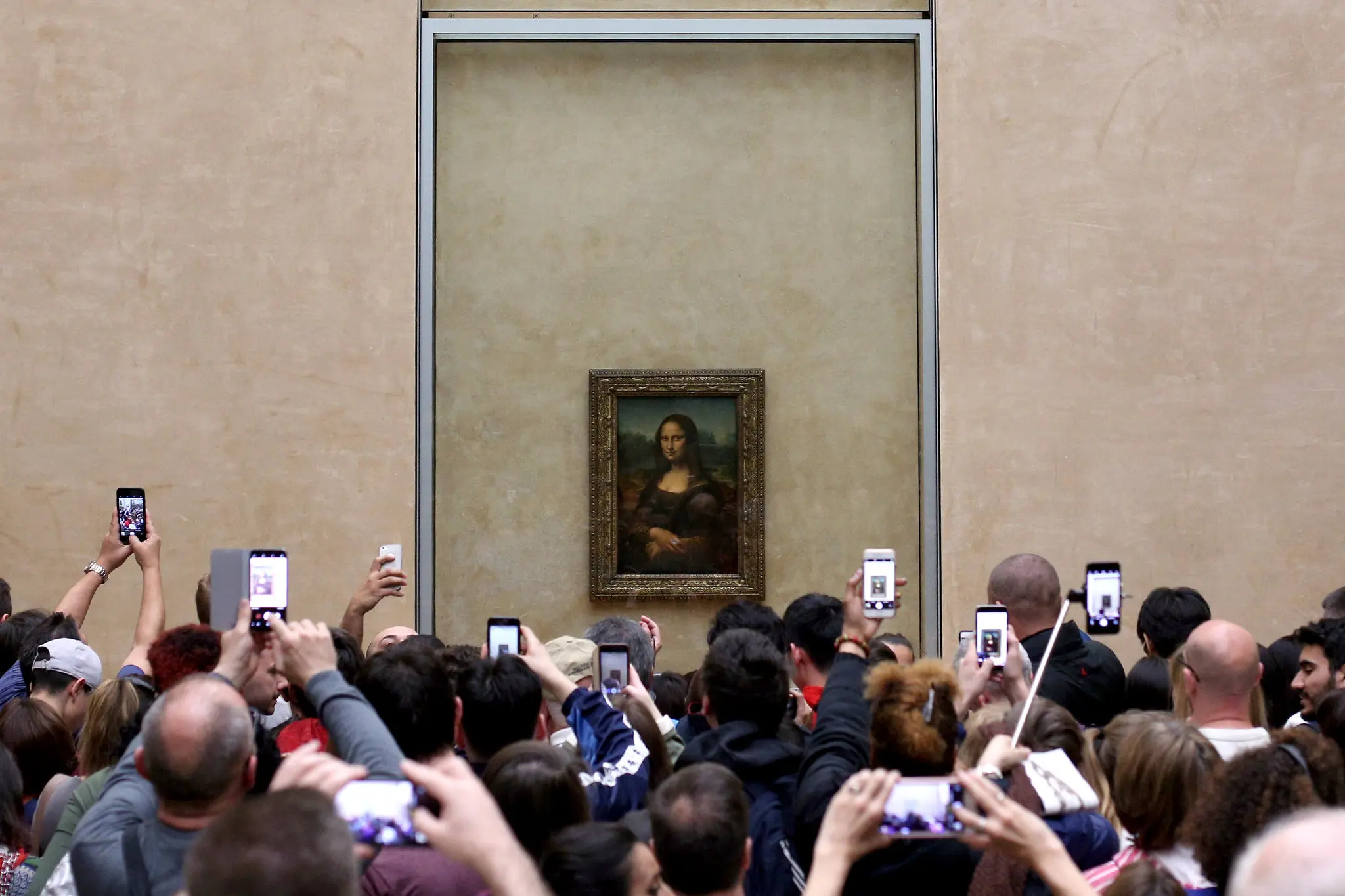The talk of the town, Artificial Intelligence (AI). This new frontier, especially in the realm of visual design and communication, promises to usher in a new era of creativity and efficiency.
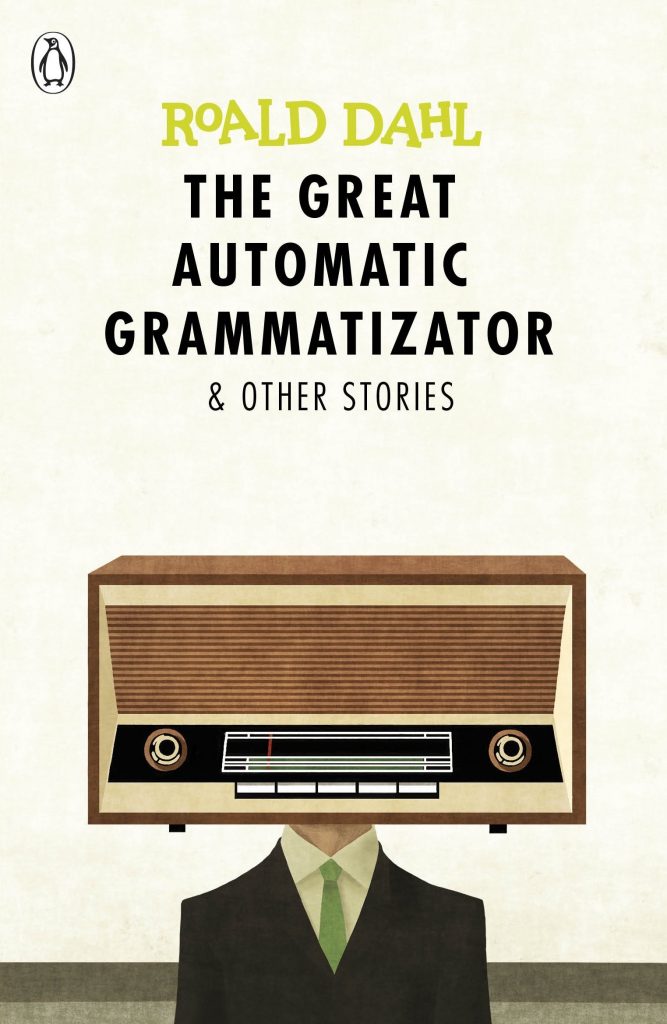
Straight out of science fiction short story by Roald Dahl’s “The Great Automatic Grammatizator,” AI-powered automation is transforming how designers conceptualize, create, and communicate ideas.
“This machine can produce a five-thousand word story, all typed and ready for dispatch, in thirty seconds. How can the writers compete with that?
Roald Dahl, 1954
From generating intricate graphics, prototypes, and layouts in seconds to personalizing content for diverse audiences, AI can now assist us in a wide range of creative tasks. Time-consuming processes such as image retouching or creating interactive elements like animation can be handled through simple text prompts, thanks to models trained on vast image-text datasets.
AI can potentially streamline workflows, enhance precision, and unlock innovative possibilities previously constrained by time and resources. Platforms like OpenAI’s DALL·E, Stability.ai’s DreamStudio, and Midjourney allow users to generate high-quality images quickly and with strong text-to-image accuracy, thanks to advances in diffusion models and large-scale training datasets (Avlonitou & Papadaki, 2025; Cao et al., 2024).
Fueled by excitement, and a bit of FOMO, AI is rapidly becoming standard in digital marketing and visual communication. According to HubSpot’s 2025 State of AI Report, 91 % of marketing leaders say their teams now use AI daily to help with tasks like creating ads, branded graphics, social media visuals, and website or video assets (Santiago, 2025).
“AI isn’t a panacea. It won’t give you great ideas. You still have to bring the originality, the lived experience. But it’s an incredible tool to help refine, poke holes, reframe.
David Perell
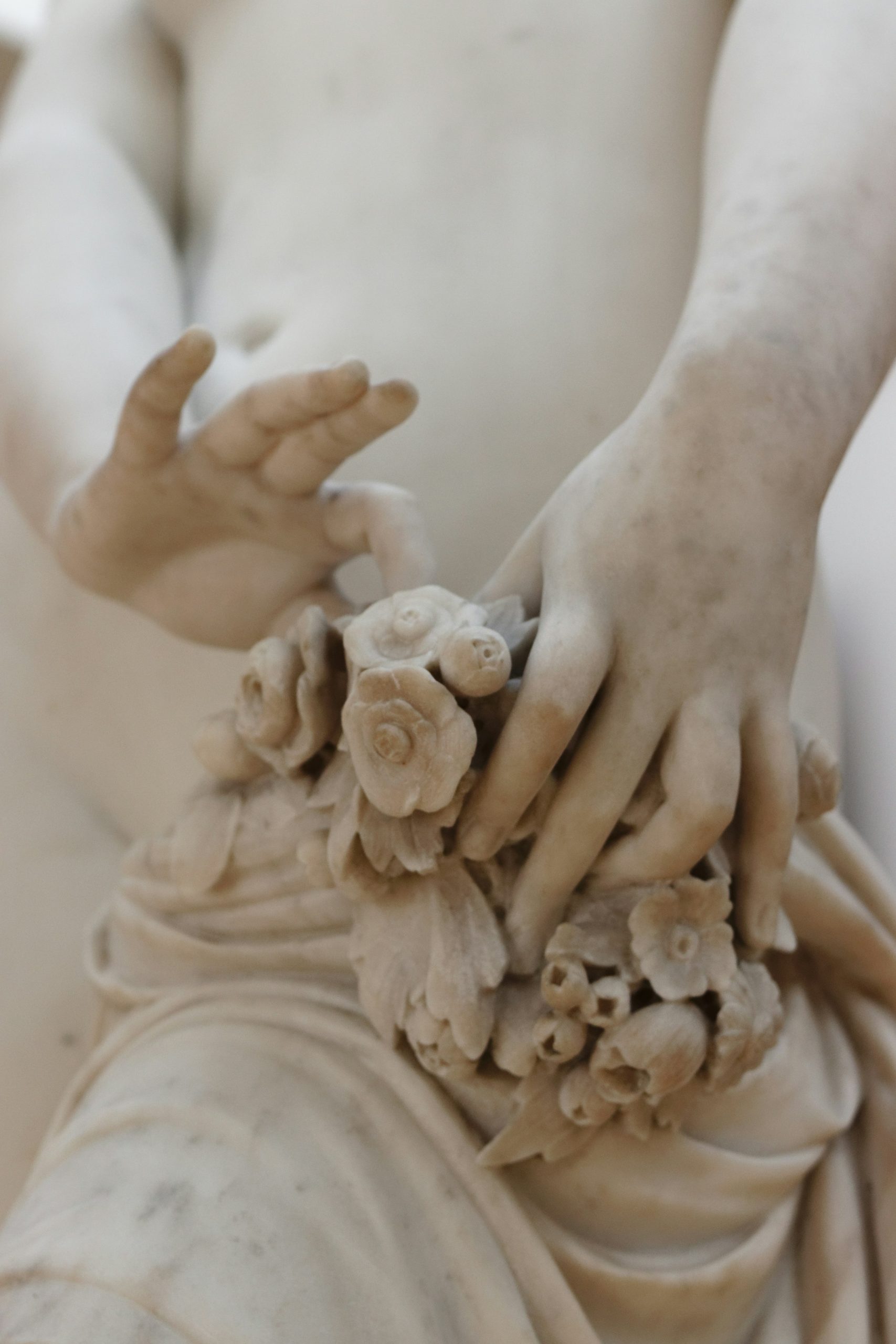
Photo by Margot Noyelle from Unsplash.com
Research shows that the best way to use AI in creative work is to treat it as a collaborator, not a replacement (Cao et al., 2024). According to it, the most effective approach is to become a “Centaur Creative”, combining human judgment with machine assistance while maintaining control. We can use AI to speed up drafts or spark ideas, but guide the output ourselves, shaping the tone, meaning, and originality. Then refining the result to reflect our own voice, ideas, and visual style. Alternatively, we can limit AI to early-stage brainstorming or repetitive tasks and handle the core creative work ourselves.
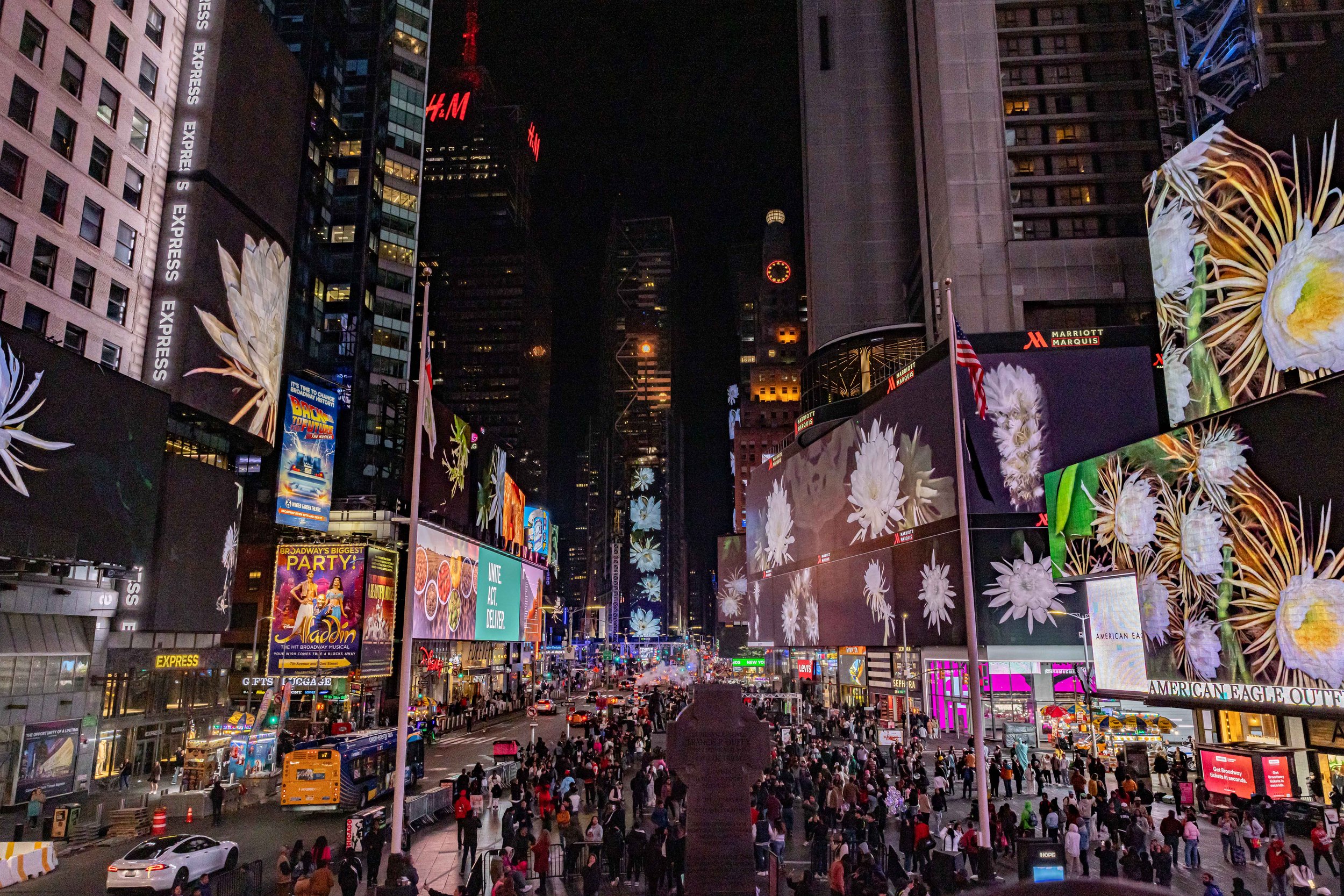
Circadian Nocturne, 2023 by Anna Ridler
Anna Ridler is a great example of ethical and effective Centaur Creative. As an artist, she uses new technologies to explore how we understand the world. Her recent installation Circadian Nocturne features AI-generated animations of night-blooming flowers, blending natural rhythms with precise digital timekeeping. This work contrasts organic cycles with the mechanical pace of modern life, and includes a mobile app for a more intimate experience.
Roald Dahl’s story, although satirical in intent, serves as an eerie reminder in today’s era. When we let automation take over the creative process without limits, we risk sacrificing authenticity for convenience, and that cost can be ethical and cultural. To protect the meaning behind what we make, humans must stay at the center of the process. Creators can use developed taste, human intent, and ethical campus with machine speed and flexibility. We can adopt AI as a powerful assistant, but never as the author.
References
Avlonitou, C., & Papadaki, E. (2025). AI: An active and innovative tool for artistic creation. Arts (Basel), 14(3), 52. 10.3390/arts14030052
Cao, S., Jiang, W., Wang, J., & Yang, B. (2024). From man vs. machine to man + machine: The art and AI of stock analyses. Journal of Financial Economics, 160, 103910–22. 10.1016/j.jfineco.2024.103910
Dahl, R. (2012). Great automatic grammatizator (A roald dahl short story). Penguin.
Markowitz, E. (2025, May 13). The david perell interview: How to resonate in the “age of engagement”. https://bigthink.com/the-long-game/the-david-perell-interview-how-to-resonate-in-the-age-of-engagement/?utm_source=chatgpt.com
Santiago, E. (2025, Jun 11). The HubSpot blog’s AI trends for marketers report [key findings from 1,000+ marketing pros]. HubSpot Blog, https://blog.hubspot.com/marketing/state-of-ai-report
